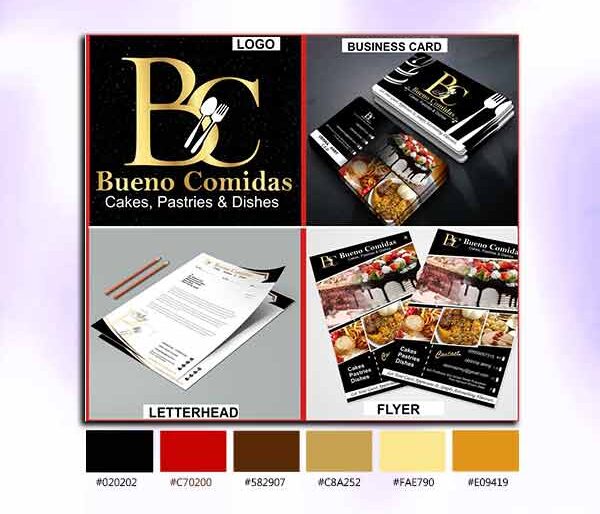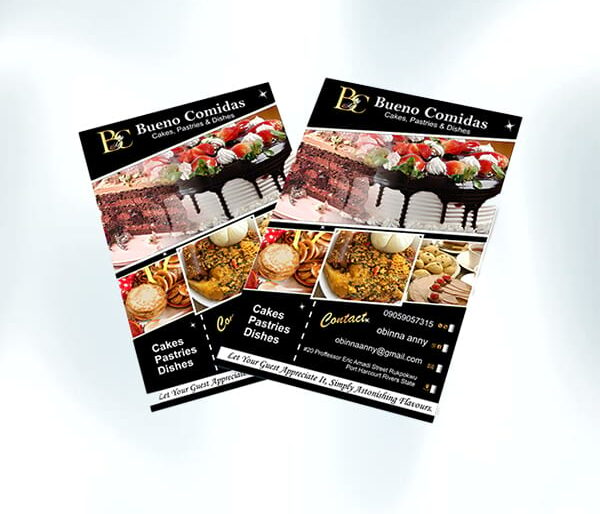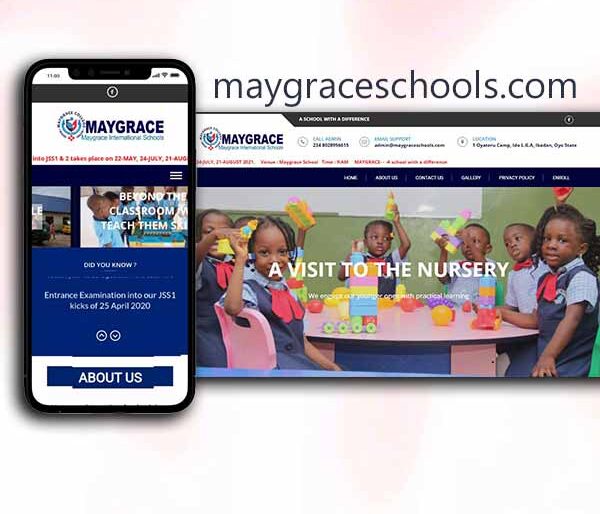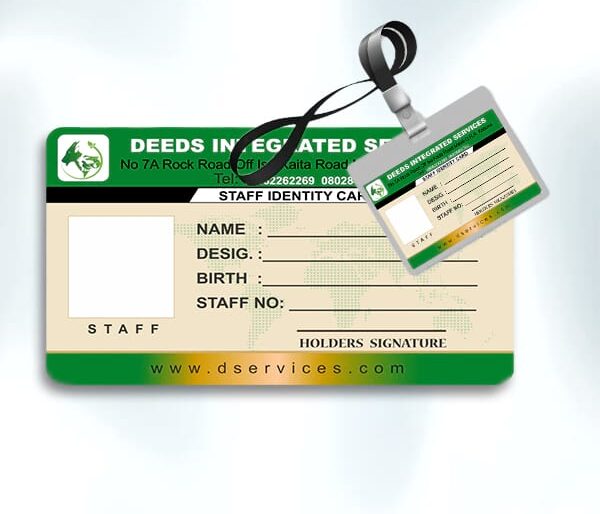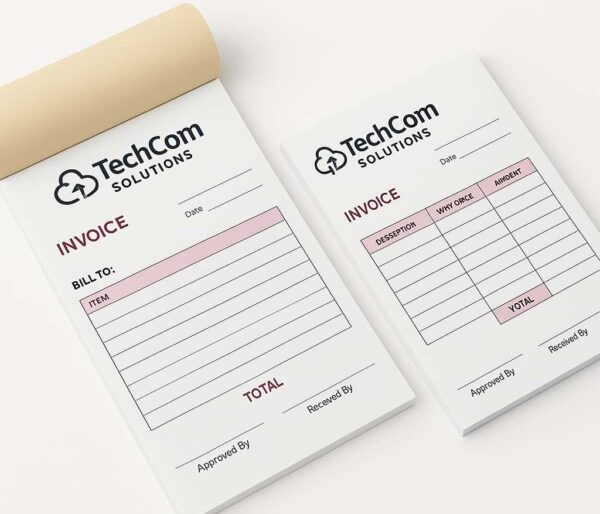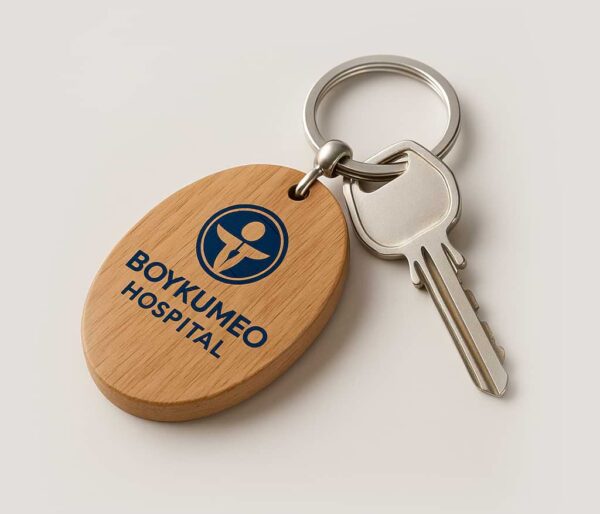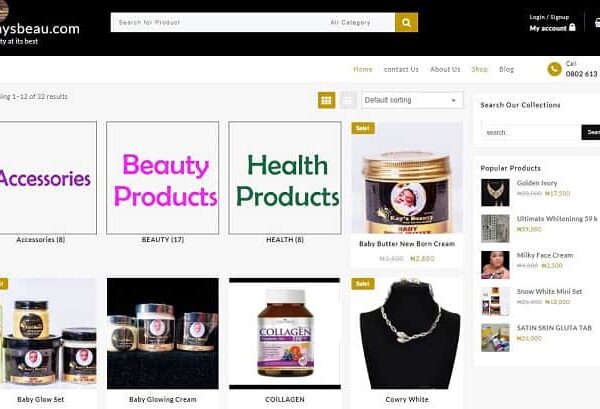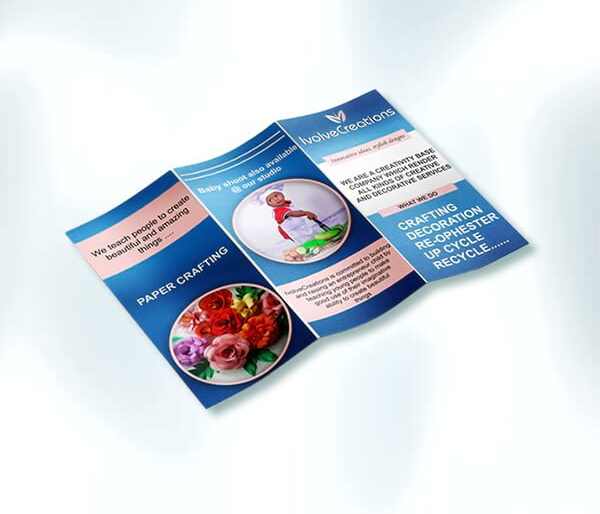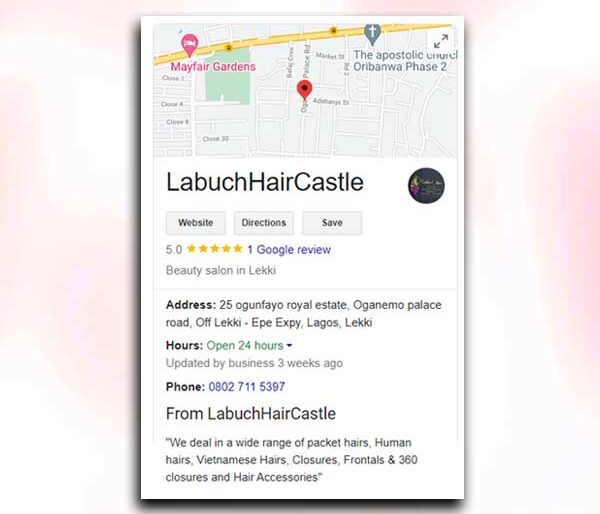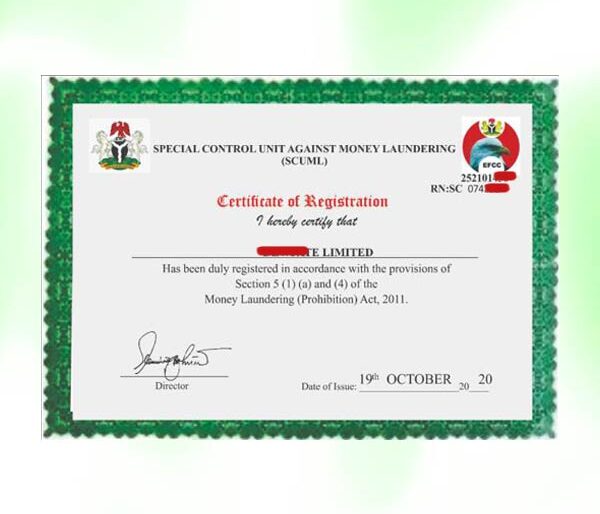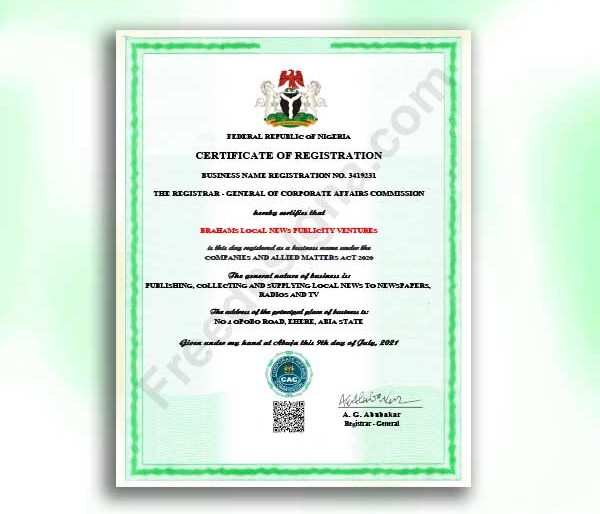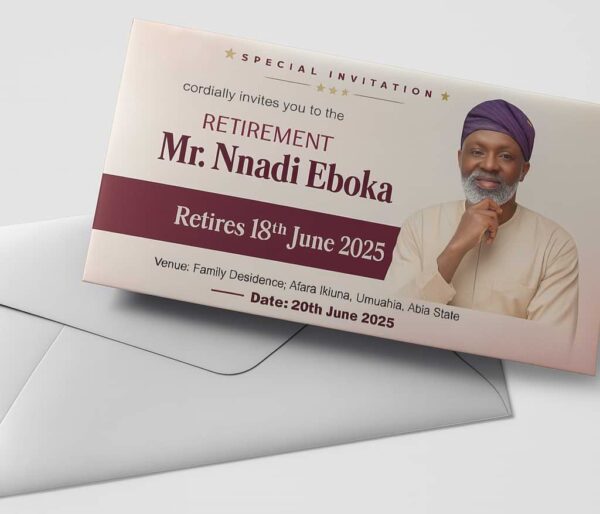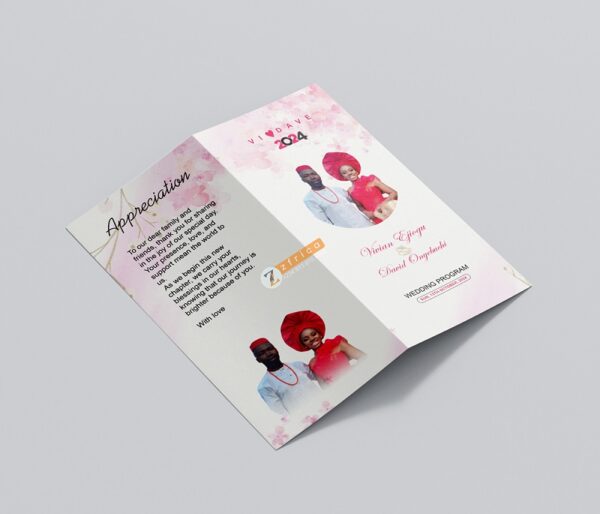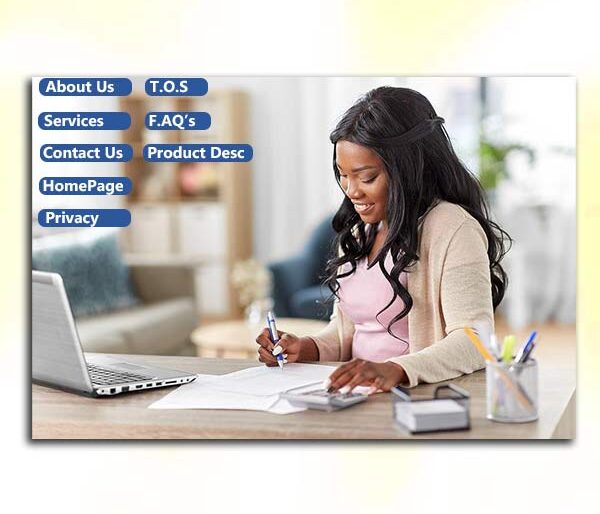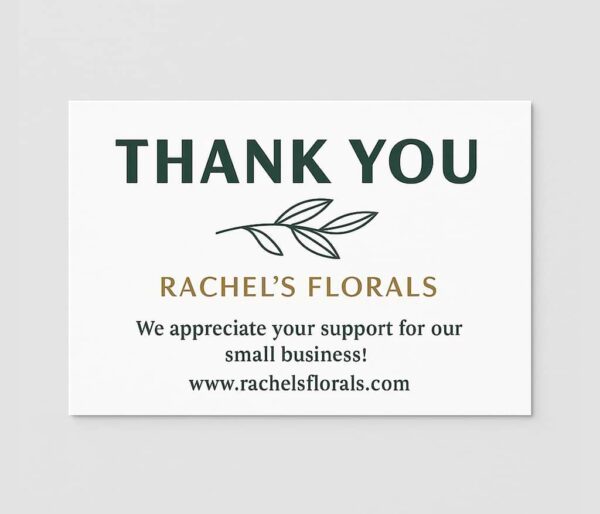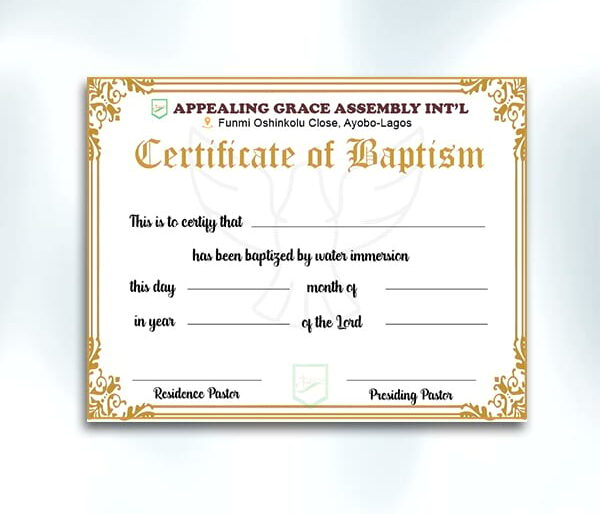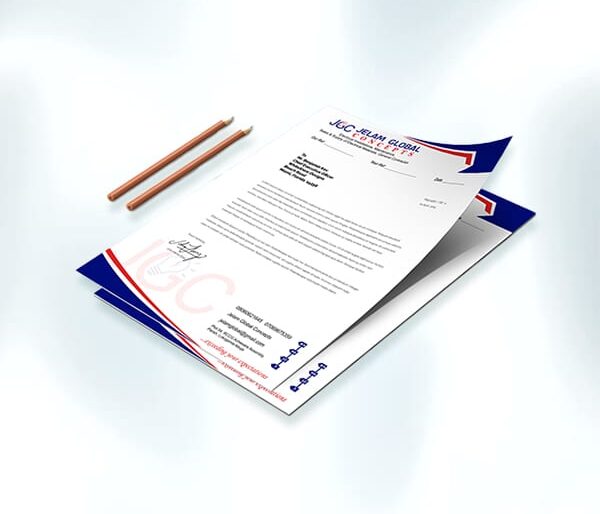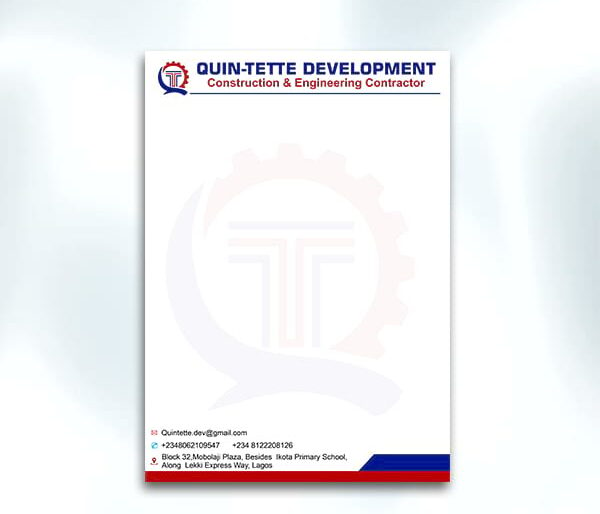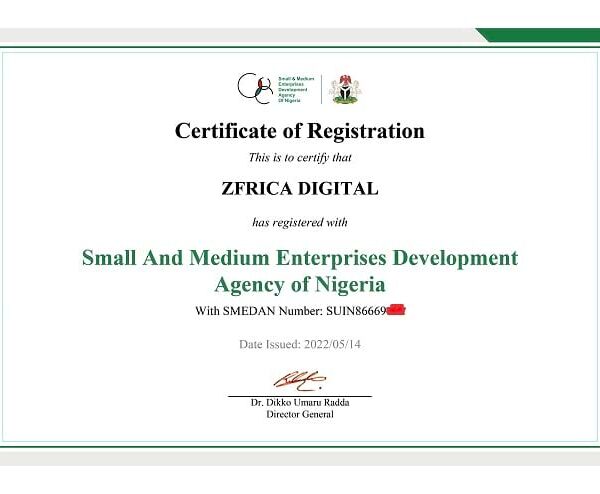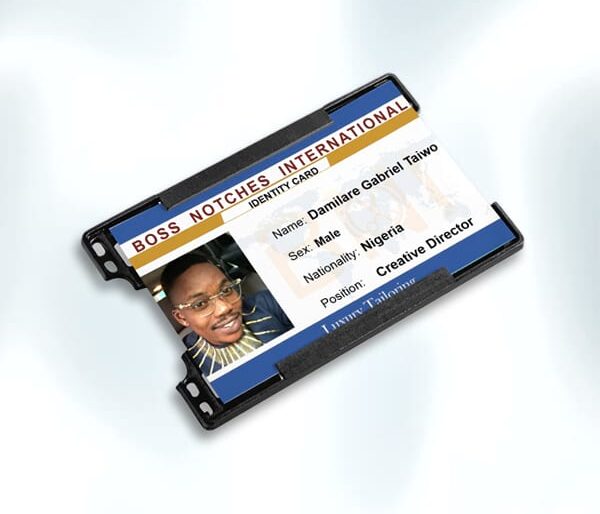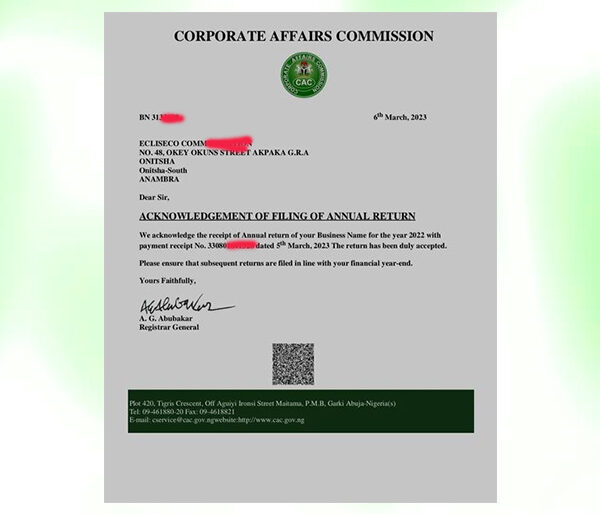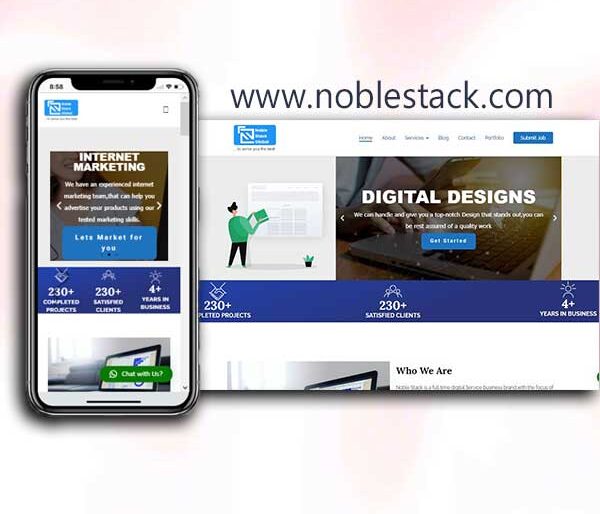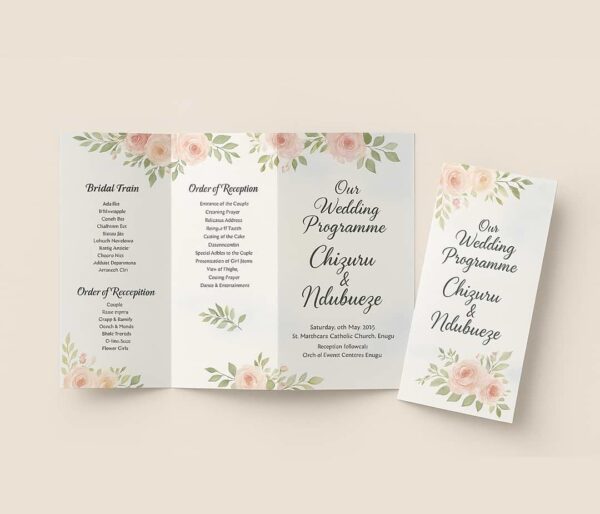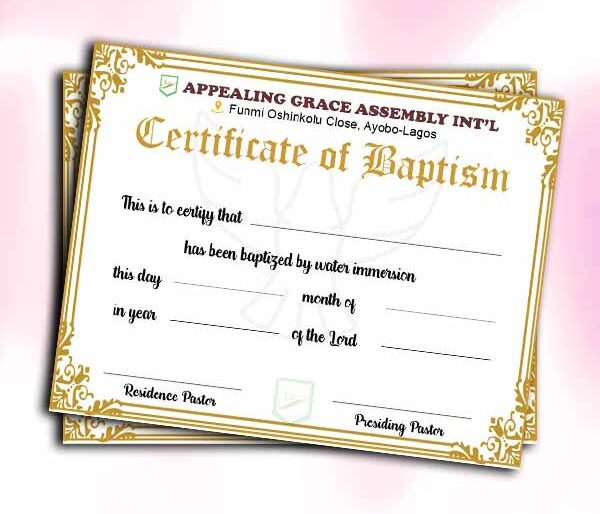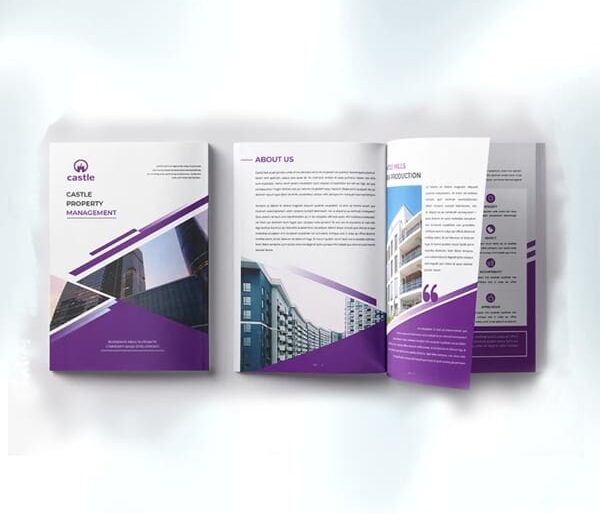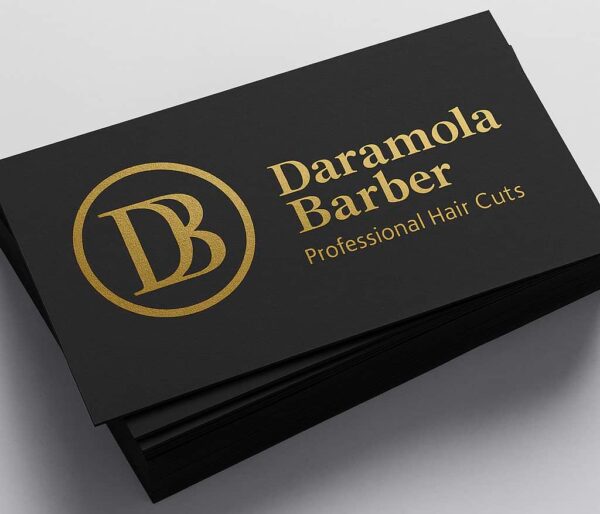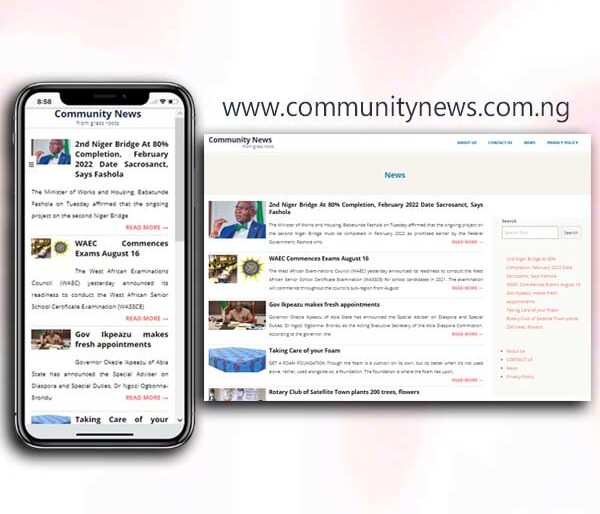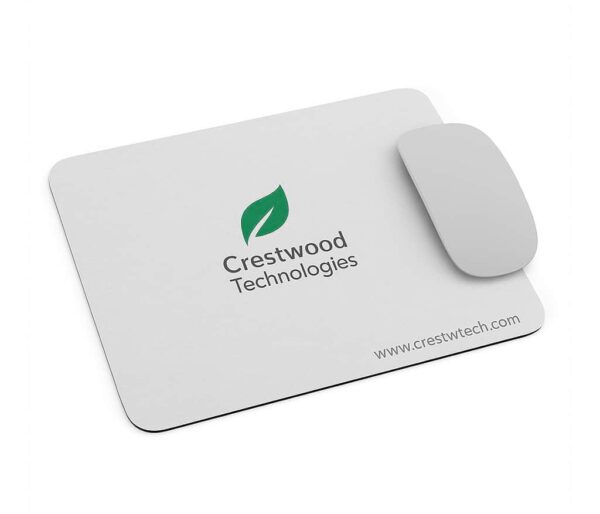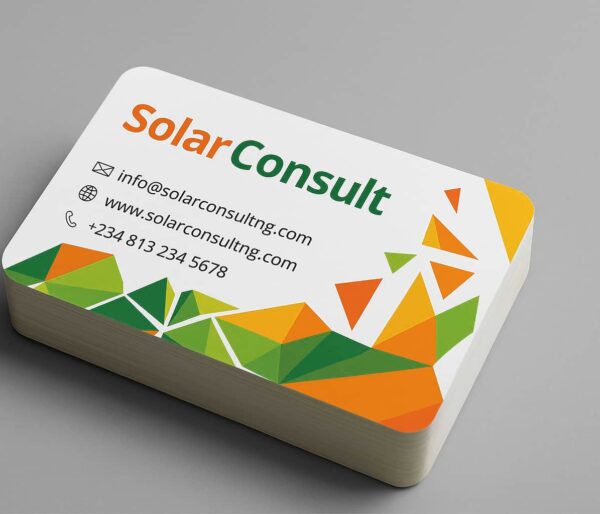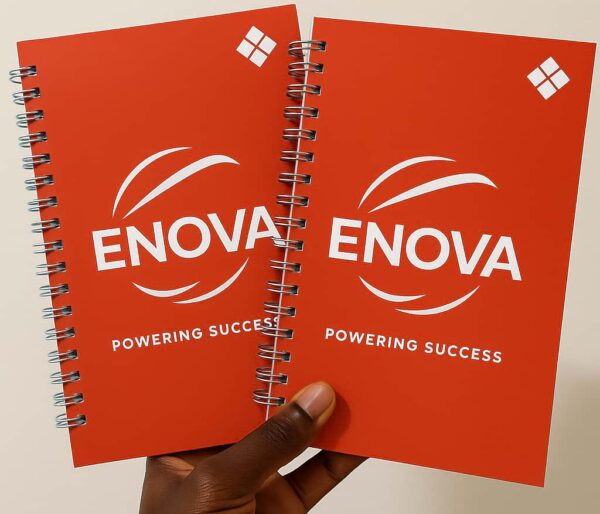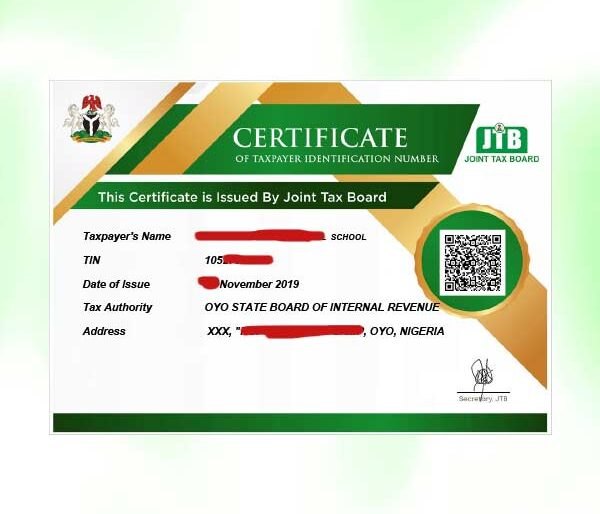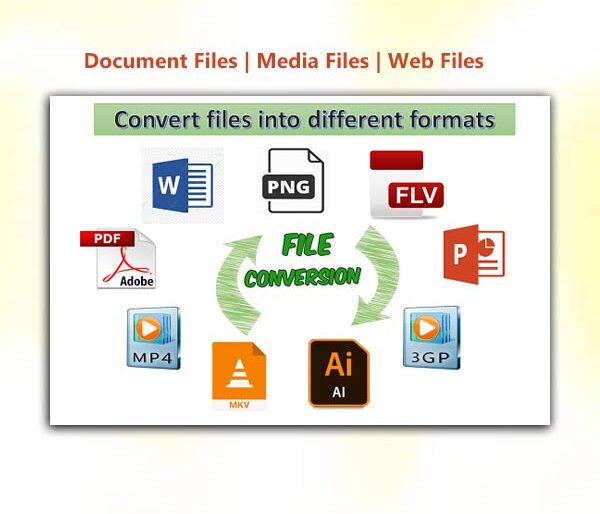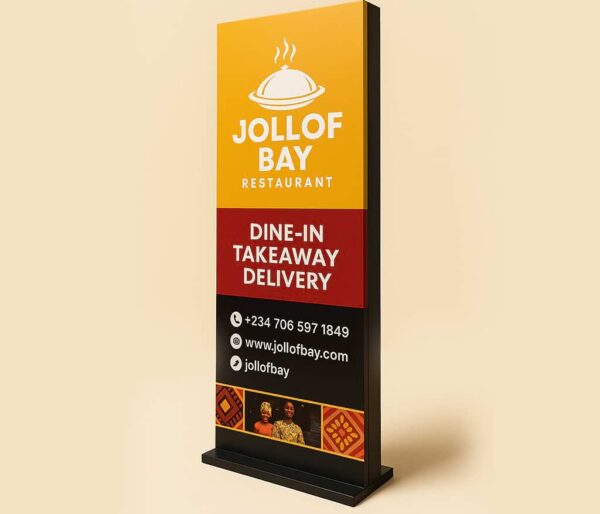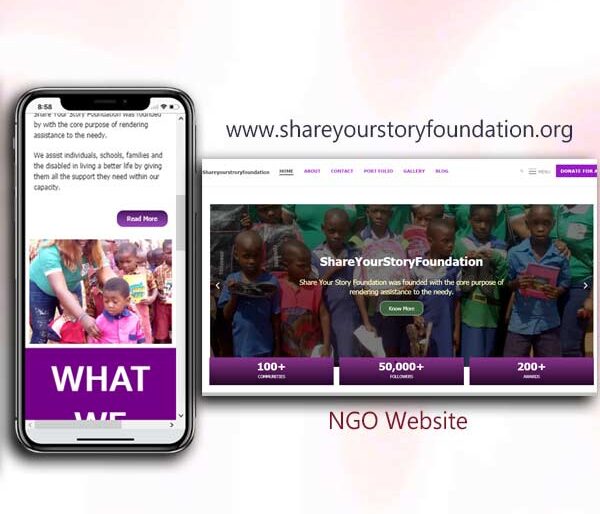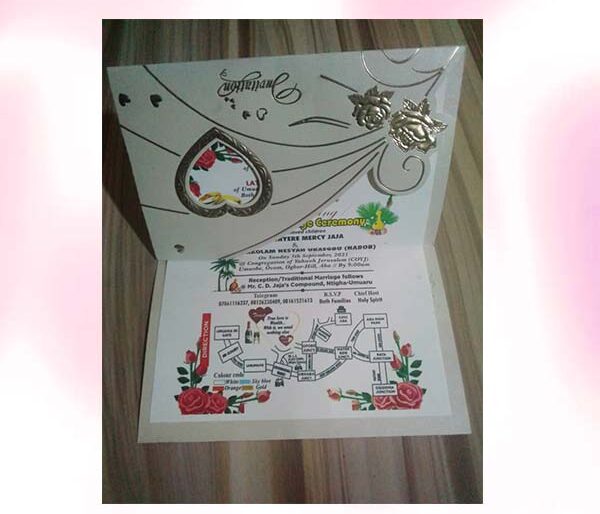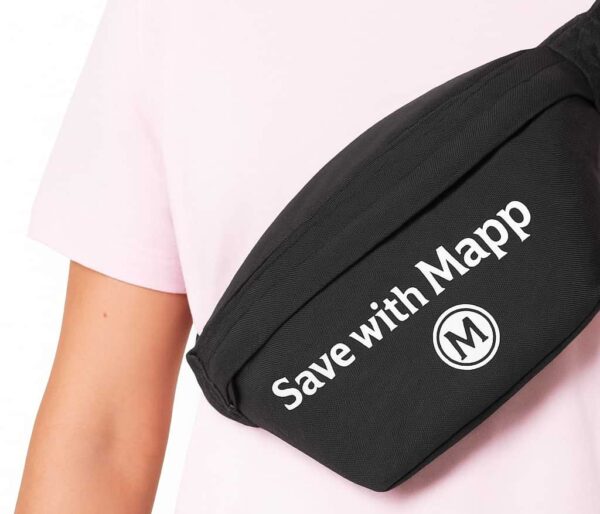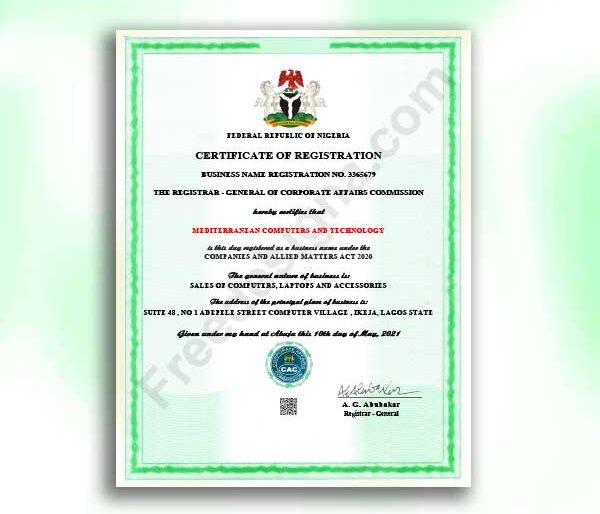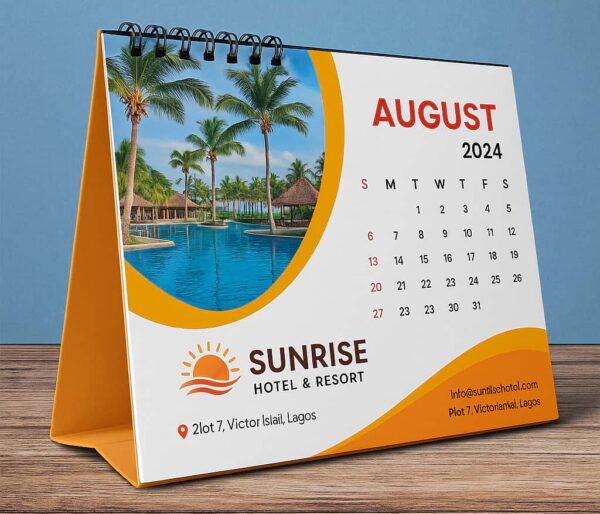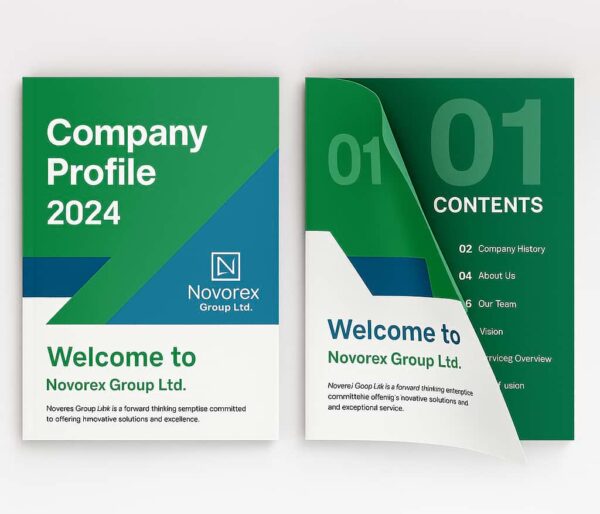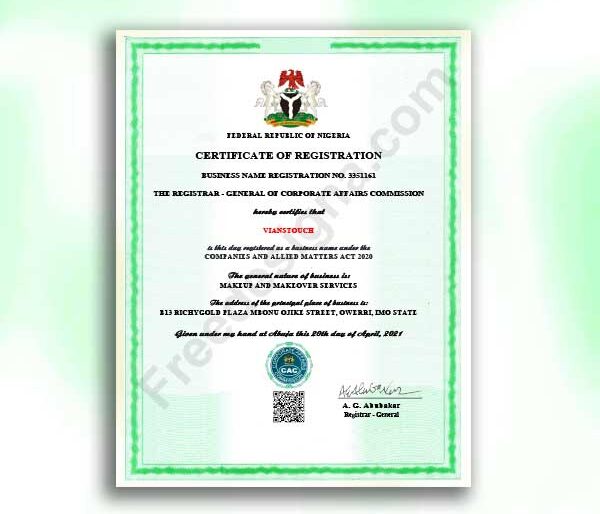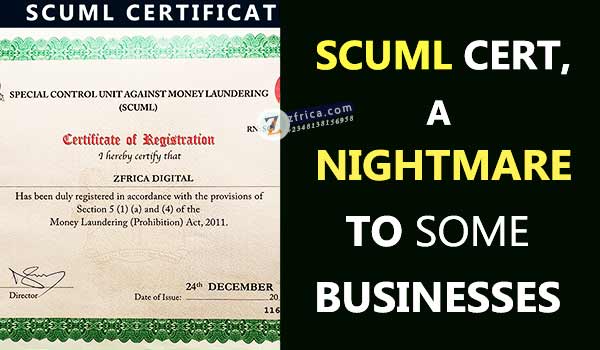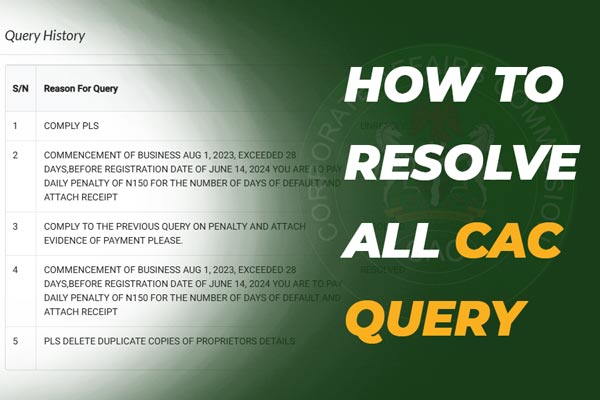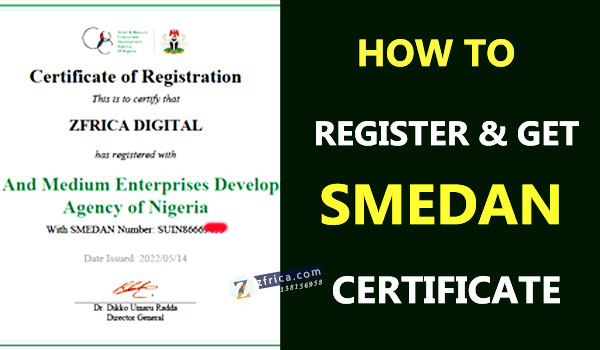
Introduction
Few aspects of business intimidate entrepreneurs more than negotiation and closing sales. It’s often mystified as something only skilled salespeople can master. But here’s the truth: closing is an art, and once you learn a reliable master negotiation strategy, you can close deals 85% of the time—even if you’re calm and composed.
This guide reveals a straightforward 4-step method to ask, connect, advise, and price—leveraging emotional resonance and authority to close with confidence.
Step 1: Ask Insightful Questions
Every successful negotiation starts with questions. Professionals—even doctors—know that asking the right question uncovers real needs.
- “What challenge brings you here today?”
- “Have you tried a solution before?”
- “Which outcomes matter most to you?”
Asking these questions shows you care and gives you clarity. Watch how your client opens up, feeling heard and respected.
Psychological Insight:
People buy emotional justification before rationalizing with facts. Your questions help build that emotional bridge.
Our Top Selling Services
Step 2: Demonstrate Genuine Care
Once your client shares concerns, show empathy:
- “That sounds frustrating—tell me more.”
- “I understand why that matters—let’s dig deeper.”
Follow-up questions signal attention and respect. They dissolve walls, making your client feel like you’re on their side—not trying to sell them something.
This emotional connection builds what’s known as relational trust, vital for any meaningful negotiation.
Step 3: Offer Tailored Solutions
With clarity and empathy established, confidently propose solutions:
- “Based on what you’ve said, this option fits best because…”
- “If durability is your priority, consider this version.”
By connecting their specific needs to relevant offerings, you assert authority and competence. You’re not just selling—you’re guiding.
Communication Tip:
Frame solutions with “you” language. “You’ll benefit because…” positions you as a trusted advisor, not a salesperson.
We recommend this for you
Step 4: Frame and Drop the Price
After building trust and demonstrating value, present pricing strategically:
- Introduce a higher-tier alternative:
- “There’s a premium option priced at ₦500 million, but it offers more than you need.”
- Then present your recommended option:
- “The 2023 model you’re best suited for is just ₦200 million.”
- Emphasize how your recommendation meets their needs perfectly.
Psychological effect:
Comparing with a higher price makes your offer seem like a smart, budget-friendly choice—even if they were ready to spend more.
Why This Master Negotiation Strategy Works
- Queries uncover priority truths—not just superficial wants.
- Empathy builds emotional credibility, making clients feel valued.
- Authority via customization shows you can deliver.
- Price framing shifts perception from costly to considered investment.
All four steps, when used together, drastically improve your sales conversion rates—often with more authenticity.
Have you Read this ?
Applying the Strategy Across Industries
Automotive Sales
Client: “I need a Range Rover.”
Ask: “Which features do you need?”
Discover: “Safety and smooth ride.”
Respond: “If comfort is key, a luxury SUV fits. The premium model costs ₦500 million, but this 2023 version delivers durability, smooth ride—just ₦200 million.”
Software Packages
Client: “I want CRM.”
Ask (“pain points?”): “Need better team coordination?”
Offer tailored plans with scaled pricing and features.
End: “The premium edition is ₦5M, but this plan (equal features) is ₦2M—perfect and affordable.”
Consulting
Client: “I want better brand visibility.”
Ask: “What platforms do you use now?”
ropose customized plan and highlight brand growth opportunities.
Close: “You could go premium for ₦3M/month, but this tailored monthly plan delivers results at ₦1M.”
Common Misconceptions Debunked
“Negotiation has to feel forceful.”
No—it works best when guided by empathy and value, not elbowing or pressure tactics.
“Price manipulation feels unethical.”
It’s not manipulation—it’s choice architecture. You show them smarter options backed by reasoned value.
“This only works in offline settings.”
No. You can apply it in calls, video pitches, emails—anywhere you communicate solution, value, and offer.
How Zfrica Applies This Strategy
At Zfrica, our communication style mirrors this master negotiation strategy:
- We ask about challenges you face with compliance or growth.
- We listen and empathize—your success matters.
- We recommend solutions—name registration services, business consulting, or CAC support.
- We present pricing transparently, often comparing premium and most-needed tiers.
This method builds trust, establishes our expertise, and leads to confident client decisions—all aligned with our mission to support you effectively.
Conclusion
Don’t leave sales to chance. Adopt this master negotiation strategy:
- Ask insightful questions
- Show genuine empathy
- Provide customized solutions
- Frame pricing smartly
Use this format as your default approach. With practice, negotiation becomes less about closing deals and more about helping clients achieve success.
Frequently Asked Questions (FAQs)
Is this strategy effective for beginners?
Yes—its structure makes it easy to follow, even with little experience.
How do I handle a client who jumps straight to price?
Pause and ask: “Can I share more about how this matches your needs first?” That steers the conversation back and reinforces context.
What if I’m not confident responding to questions?
Use reflective phrases: “So you mean…” or “Let me understand…” This buys time and shows engagement.
Can lengthier or complex sales use this method?
Absolutely—just repeat the four steps in phases. Start with discovery and empathy before diving into value and price.
Is price framing manipulative?
No—it helps clients make informed choices by comparing similar offers.
How do I practice this method?
Role-play with colleagues, record calls or videos, and review how well you follow each step.
How can I adapt this for email or chats?
Use questions, bullet lists of benefits, and comparative pricing. Maintain empathy and clarity.

